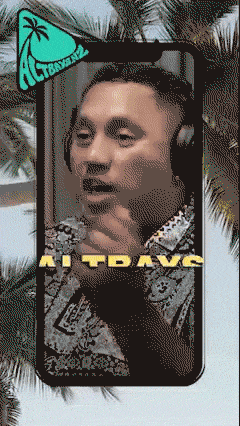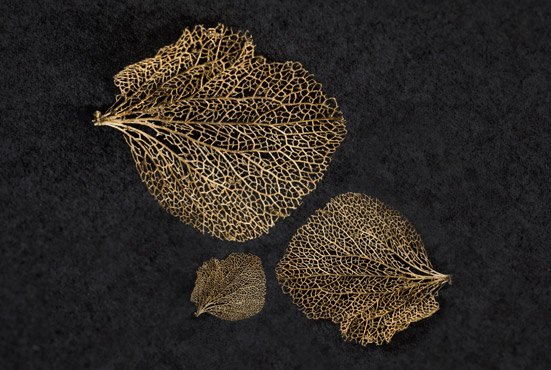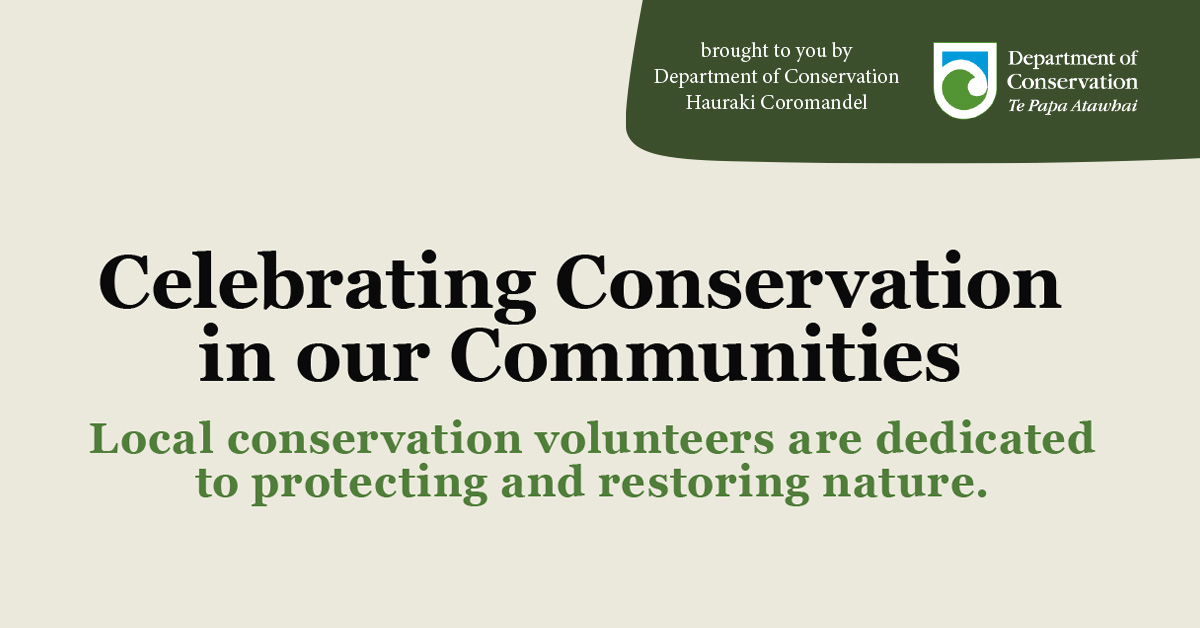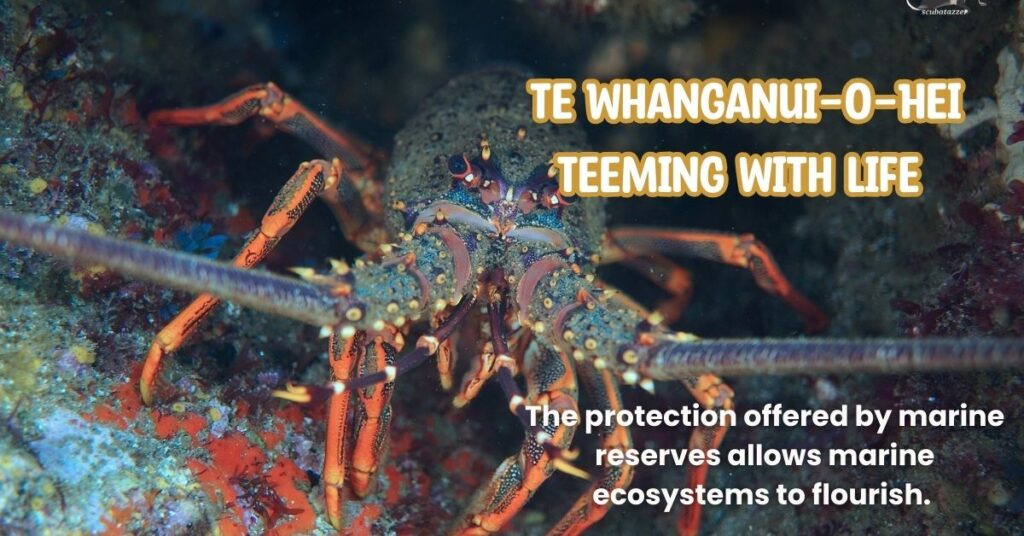
The protection offered by marine reserves allows marine ecosystems to flourish. We all play a part in protecting these special areas.
Te Whanganui-o-Hei / Cathedral Cove marine reserve is part of the rohe (area) first claimed by Hei, leader of Ngati Hei, who arrived in 1350 AD on Arawa waka. The area was named Te Whanganui-o-Hei (the great bay of Hei).
Did you know? Over the last decade, the average abundance of legal-sized snapper has been nine times higher within the reserve than outside. (Based on baited underwater video monitoring, 2006-2018).
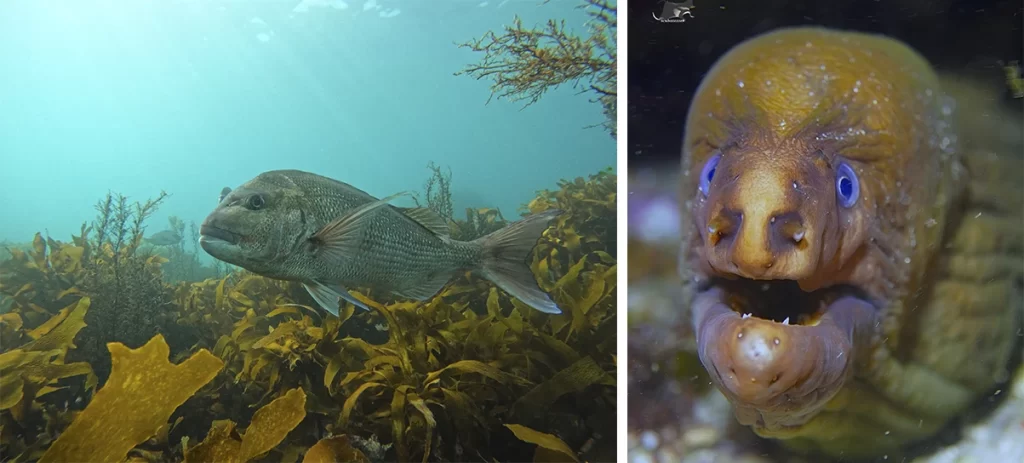
Snapper_Marie Everth / Yellow Moray_Shayne Seddon
Above the surface, the rugged coastline of Te Whanganui-o-Hei / Cathedral Cove Marine Reserve features towering cliffs, and twisting pōhutukawa trees. Below the surface is a mosaic of hard rock reefs, soft sediments, intricate caves and underwater arches, all teeming with life.
Covering nine km2 of coastline and ocean between Hahei and Cooks Beach, Te Whanganui-o-Hei marine reserve was established in 1992 as New Zealand’s sixth marine reserve.
DOC Marine Reserves Ranger Marie Everth says marine reserves like Te Whanganui-o-Hei offer benefits for marine life, without the pressures of fishing.
“From the surface to the seafloor, all life inside Te Whanganui-o-Hei is protected from recreational and commercial fishing, shellfish gathering and other disturbances. This protection allows species to breed and spawn and grow in population both within and beyond the reserve.”
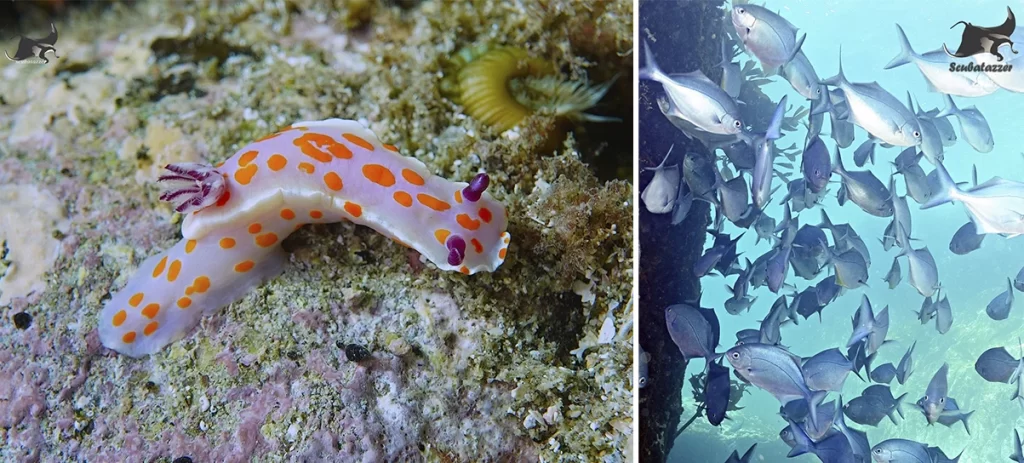
Clown nudibrnach_Shayne Seddon / Blue Maomao_Shayne Seddon
Marie says the protection of marine reserves allows scientists to study undisturbed marine life.
“We monitor key predator species including snapper and crayfish, comparing locations from both inside and outside the reserve. The benefit of these numbers increasing has amazing flow-on effects for ecosystems. Having those species in greater numbers keeps kina at a lower abundance, allowing kelp and other habitat to flourish within the reserve,” says Marie.
Other scientific work DOC rangers undertake in the reserve includes water sampling for ocean acidification, litter surveys, exotic species monitoring, marine mammal identification, benthic (seafloor) monitoring, and baited underwater video monitoring.
Marie says marine reserves also offer the public rich opportunities for education and recreation.
“Kayaking, snorkelling and diving are some of the best ways to experience the reserve. It’s common to see large schools of blue maomao, snapper, pairs of red moki, parore and leatherjackets swimming by. Crayfish and yellow moray hide in crevices, and on the rocks are clown nudibranch, starfish and sea sponges. When people see these special creatures and the vibrant habitat, they help build awareness and promote the conservation of our precious marine environments.”
It’s important to remember experiencing a marine reserve is a hands-off approach. No disturbing anything in the reserve – this includes wildlife, sand, rocks and seaweed. Although it may be tempting, no feeding fish as this disrupts their natural behaviour. The good news is, the snapper are friendly and will often swim right up to you!
“Everyone has a part to play in protecting the reserve. If you’re out fishing, you need to be aware of the boundaries. If you see something illegal, report it to 0800 DOC HOT. If you want to learn more, try and get out there for a snorkel to see it for yourself!” says Marie.
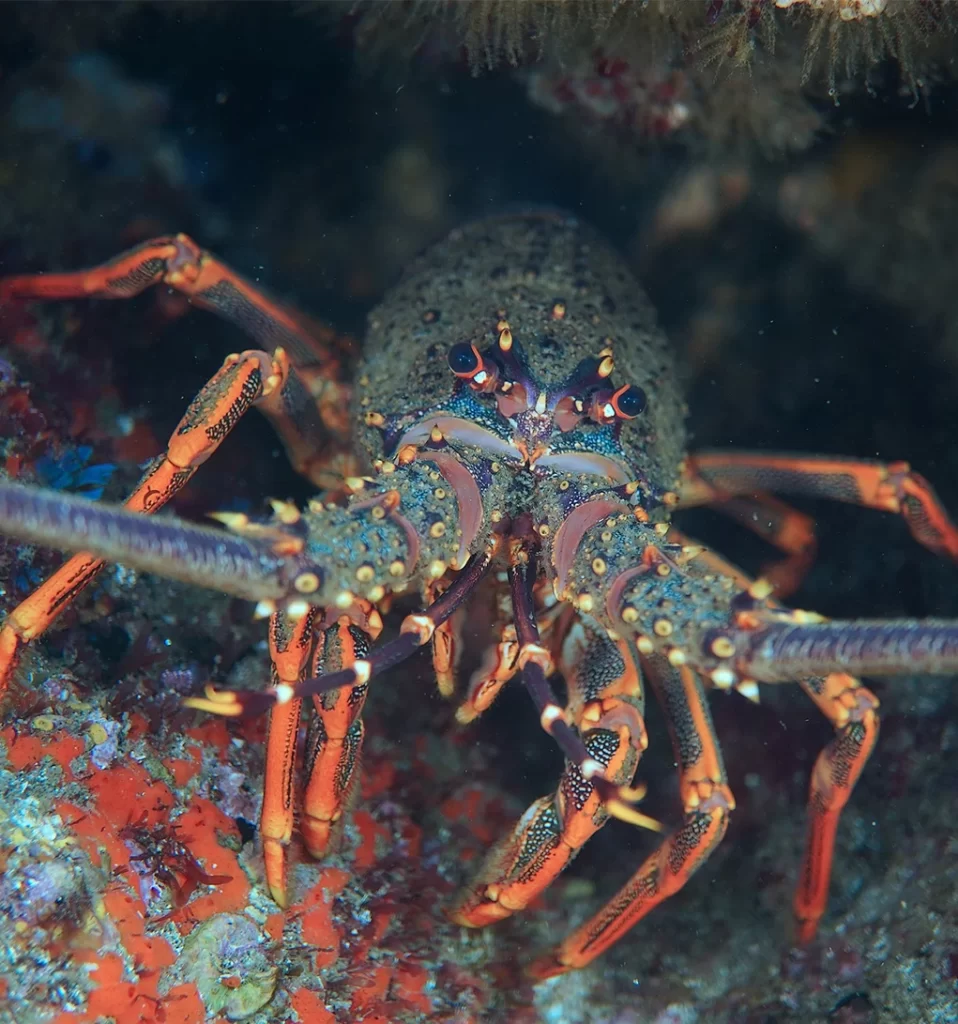
How you can protect marine reserves
- Know the rules before you visit: all marine life and habitat within the reserve is protected – absolutely no taking, disturbing or feeding.
- Locate the boundaries: there are signs at boat ramps, land access points, maps on the DOC website, some boat navigation systems, or on the MarineMate app.
- Support Experiencing Marine Reserves – a local programme teaching tamariki marine conservation with snorkelling trips in the marine reserve. Visit: cathedralcovemarinereserve.org.nz
- Report – if you see anyone offending in a marine reserve, call 0800 DOC HOT (0800 362 468)
Rock Lobster_Shayne Seddon
Photos: Clown nudibranch, Kōura/rock lobster, Kaingārā/yellow moray, Blue maomao
Thanks to Shayne Seddon & Cathedral Cove Dive & Snorkel for these fantastic photos.
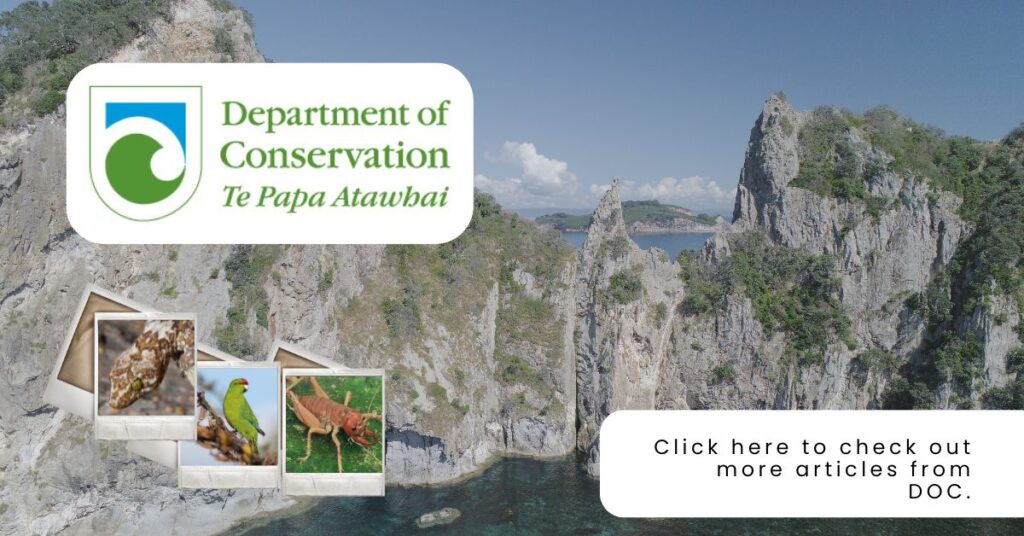
Coromind: Coromandel’s Collaborative Magazine

Help us take Coromind Magazine to new heights by becoming a member. Click here
Change the Weather for Your Business: Advertise with Us.
Advertise your business in the whole Hauraki Coromandel in the coolest Coromandel Art Magazine, from Waihi Beach/Paeroa /Thames up to the Great Barrier Island.
Advertise Smarter, Not Harder: Get in Touch


